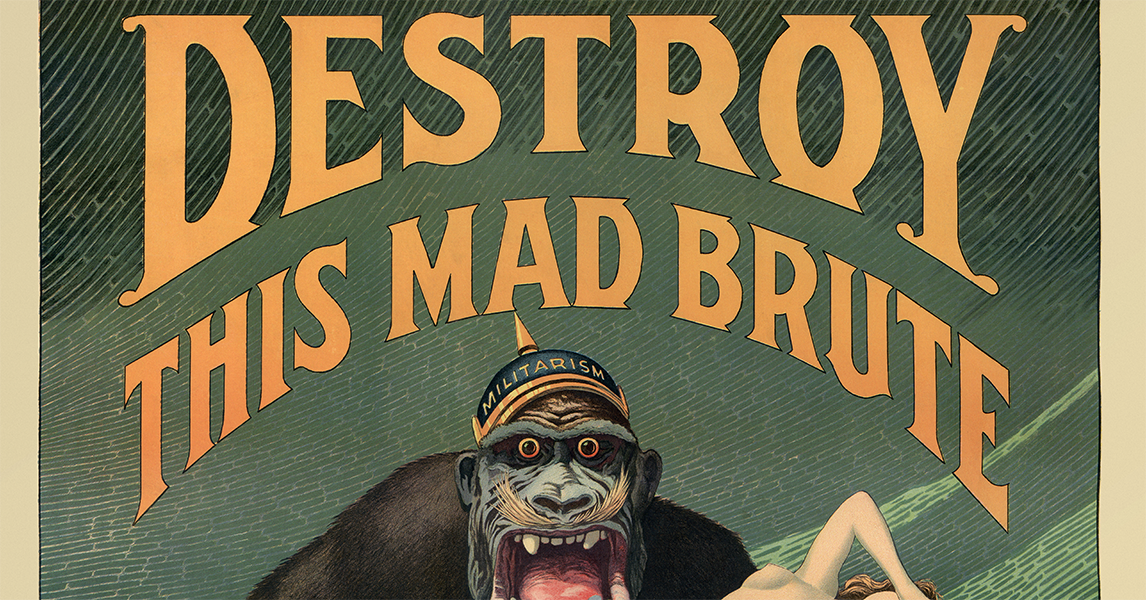This is Part Two of my series “The Last Chogyal of Sikkim”. Read Part One here.
Before she was Gyalmo Hope Namgyal, the Queen of the Himalayan Kingdom of Sikkim, Hope Cooke was an American citizen, a resident of New York, and a graduate of Sarah Lawrence College.
Much of what I know about Ms. Cooke, the once and former Gyalmo, comes from her autobiography, Time Change. Other contemporary writings seem too ready to paint her by numbers; as soon as she became involved with the crown prince, the Maharajkumar of Sikkim, she became a potential enemy to many, people who saw her only as a whispering queen and rumored CIA plant. Others chose to romanticize her, to view her as another Grace Kelly, the American actress who had, in 1956, married Prince Rainier of Monaco.
The two stories had similarities for sure; both women came from relative wealth, both had politically well-connected families, and both grew up in major cities on the east coast (Kelly in Philadelphia, Cooke in New York). But by the time she married, Grace had graduated college and become an actress — a successful one, too, capturing a spot as one of Alfred Hitchcock’s favorites and sharing the screen with some of Hollywood’s emergent legends, big names like Clark Gable, Cary Grant, and Frank Sinatra. When she retired from acting at 26 to fulfill her duties as Queen consort, the bounds of that retirement were the borders of a wealthy European city-state on the French Riviera and a palace only minutes away from the world famous Monte Carlo casino where she would know opulence and extravagance as the wife of a monarch with great wealth and minimal responsibility. Hope Cooke’s experience in Sikkim, a relatively poor and remote South Asian Buddhist country headed by an absolute monarch, would be cut from a different cloth.
To get the whole picture, or at least to pad this story enough to justify splitting it into parts, we should start at the beginning. Hope Cooke was born of the spontaneous, passionate, and ultimately tragic relationship shared by two young aviators, one the daughter of an upper-class shipping magnate, the other a flight instructor with an Irish background and without an abundance of silver spoons. The two bounced around the country before falling apart shortly after Hope’s birth in San Francisco in 1940. Hope’s mother, also named Hope, left on her final aerial voyage in January 1942. Her plane was found high in the Rocky Mountains with an empty fuel tank. She was 25 years old.
Hope and her half-sister were immediately transferred to the custody of their maternal grandparents in New York City. There, they were raised among an air of casual wealth with a family cook, a revolving door of governesses to raise the children, and a chauffeur. They spent two months each summer in Maine, as long as they weren’t vacationing instead at their house on Long Island. In Maine, they lived close to scions of the Rockefeller family and attended dances with Arthur MacArthur, the esteemed General’s son.
Hope’s grandfather returned to his posting as a military officer for a few of her younger years. When he returned, he brought with him a fascination with the British Prime Minister Winston Churchill. He hung a portrait of him on the wall and made his granddaughters recite regularly the iconic “fight them on the beaches” speech.
After passing their earliest years in their grandparents’ apartment, the two girls’ elder guardians moved them to another unit across the hall where they lived with one of their governesses. Their grandparents didn’t visit very often, but they would stop by on occasion to retrieve the liquor they kept in a cabinet in Hope’s bedroom.
For all of the wealth, it’d be a forgivable mistake to take Hope’s early years for unmitigated luxury. Behind the closed doors of their apartments, though, she and her sister suffered the flavors of whispered domestic abuse and bizarre cruelty that seem bespoke to the tastes of the self-assured elite. At least one of their governesses is physically abusive and intimidates the two into silence. On one occasion, her sister falls ill and throws up half-way through dinner. She’s made to eat her own vomit. It’s unclear whether the command came from a governess or grandparent.
The early chapters of Cooke’s autobiography are filled with bizarre details, starting with innocuous accounts of how often she wet herself as a child but building first to a description of a friend that carries only two details: that she’s mature for her age and that she’s seen her brother’s penis, before crescendoing with a story of Hope winning trauma contests with her college roommate by talking about how her infant aunt burned to death in a fireplace.
Hope’s grandparents both die within years of each other and she and her sister are placed anew in the care of her jetsetting aunt and uncle, the latter a diplomat who serves, throughout his career, as United States Ambassador to the Netherlands, Hungary, Iran, Panama, and Peru. When he was received by an American Cardinal in New York and lauded for his work on behalf of European Catholics, Hope’s grandfather grumbled “no son-in-law of mine will be elected Pope.” He wasn’t. But to think it possible? Rich people can do anything.
After an uneventful and unsatisfying stay at a boarding school in Virginia while her uncle Selden is on assignment abroad, he and her aunt agree to bring her with them to his posting as Ambassador to Iran. In Tehran, Hope experiences a life she’s never lived before, attending lavish parties thrown by the once and future Prime Minister of Iran, Ali Khan Mansur, and the Shah Mohammed Reza Pahlavi, the country’s reigning king. She mixes with all sorts of prominent people from all over the world. The experience changes her, but not as much as a short trip outside the country will.
Hope is still in high school the first time she sees India. She’s taken by the country, its people, and its vibrant culture immediately in a way that will paint all of her experiences going forward. She works it into conversations and schoolwork wherever possible. Disallowed from studying Asian History her freshman year at Sarah Lawrence College, she takes European History instead and convinces her professor to let her write all her papers on India anyway. Again, rich people can do anything.
To her credit, convincing others is a talent Hope can be proud of; the summer after her freshman year she crafts a bullshit itinerary for a made-up girls’ trip to India to convince her aunt to sign off on what will actually be a solo journey.
Hope lands in India and makes her way quickly to Darjeeling, by then part of West Bengal just miles from the Indian border with East Pakistan (today’s Bangladesh) where she’s staying at the Windamere, a colonial hotel she picked for its vibe as the most English-feeling inn in the city. Nepalese labor pays off. It’s in the lounge of this hotel that she meets the man she refers to as “Maharaj Kumar”. We know him by that name too, but we know him better as the Last Chogyal of Sikkim.
The two form a fast, if unlikely, bond, but Hope eventually leaves for her third semester at Sarah Lawrence in New York. She considers returning the following summer but decides to go to Peru to visit her uncle, now Ambassador there, instead.
Hope grows in New York, spending evenings with the family of an Indian friend she made at the embassy parties in Iran. Together they make a habit of going to meetings of the U.N. General Assembly. Eventually, she moves into an off-campus apartment with a couple of friends, one of them the future actress Jane Alexander. In her time at that apartment, Hope cosplays a sort of collegiate squalor, covering her room in old food and cigarette burns. A rabbit she got as a gift dies. She leaves it in its cage for several days before her roommates start to complain about the smell.
She meets a boy, a college drop-out with whom she forms an amorous relationship. Together, they hatch a plan to go east together. She agrees to meet him in Iran and then to go on to India together. But she doesn’t. She leaves him waiting, flying directly to India on her own, her sights set on Darjeeling.
There, at that familiar hotel, the Windamere, she reconnects with the Maharajkumar, who’s been thinking about her as much as she’s thought about him. He has his children with him this time. At one point during the meeting, he turns to his youngest, his daughter Yangchen, and refers to Hope in Sikkimese as the children’s “new mother”. Even among the Buddhist lung ta and Tibetan accoutrements, no red flags fly in Darjeeling.
The two get engaged before Hope leaves to finish her schooling in New York. She breezes through her final semesters with little but the wedding on her mind. When she arrives in her husband’s native Sikkim, nerves strike. She’s worried that her to-be-sister-in-law, a visually striking larger-than-life figure in the country, is attempting to use Himalayan voodoo against her. She has no idea what she’s up against.
Next time: The King and Queen of Sikkim
Read More
- Time Change by Hope Cooke
- Sikkim: Requiem for a Himalayan Kingdom by Andrew Duff
Images
- Title image
- Leaving New York on the Queen Mary 1938-10692099894.jpg by Flickr user rich701
- Licensed under the Creative Commons Attribution 2.0 Generic license
- Bird’s eye view of Gangtok City from Ganeshtok.jpg by Wikipedia user Subhrajyoti07
- Photo of Hope Cooke, Queen of Sikkim by photographer Alice S. Kandell; photo in public domain
- Leaving New York on the Queen Mary 1938-10692099894.jpg by Flickr user rich701





